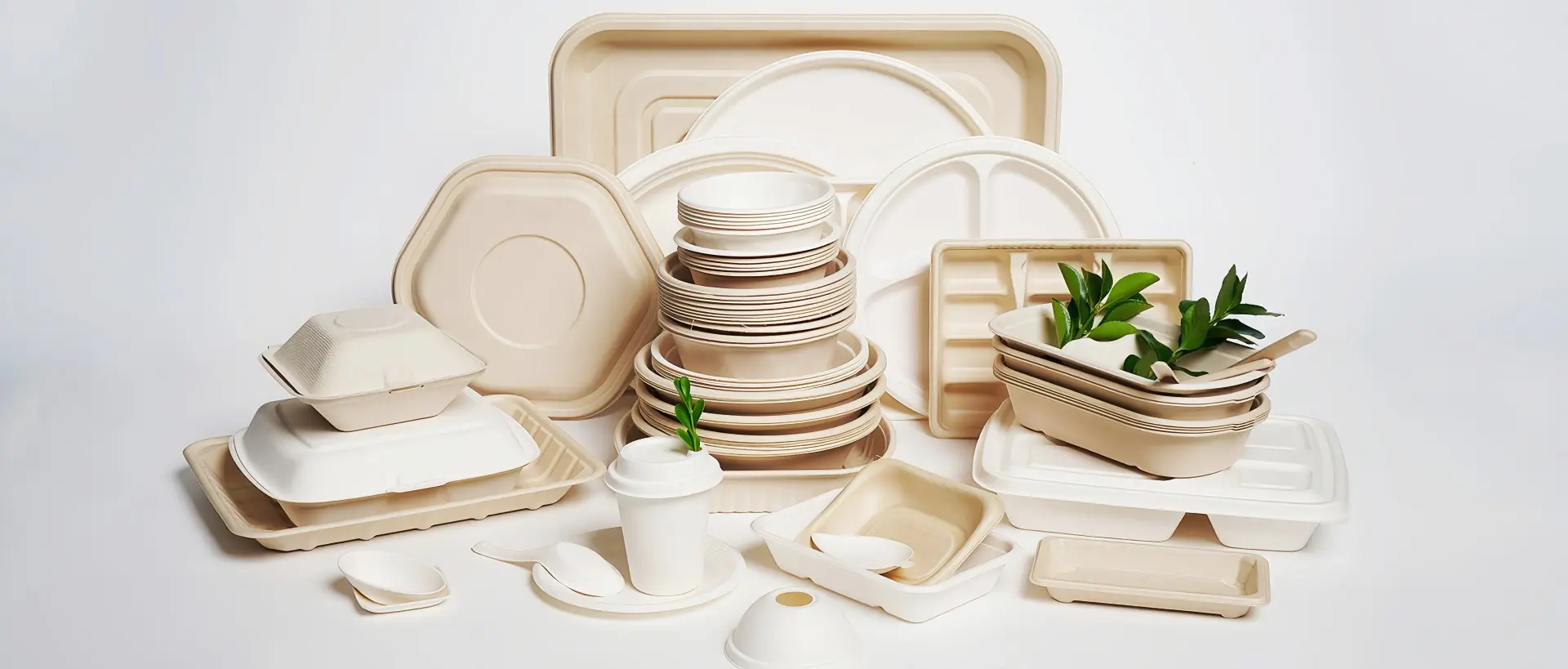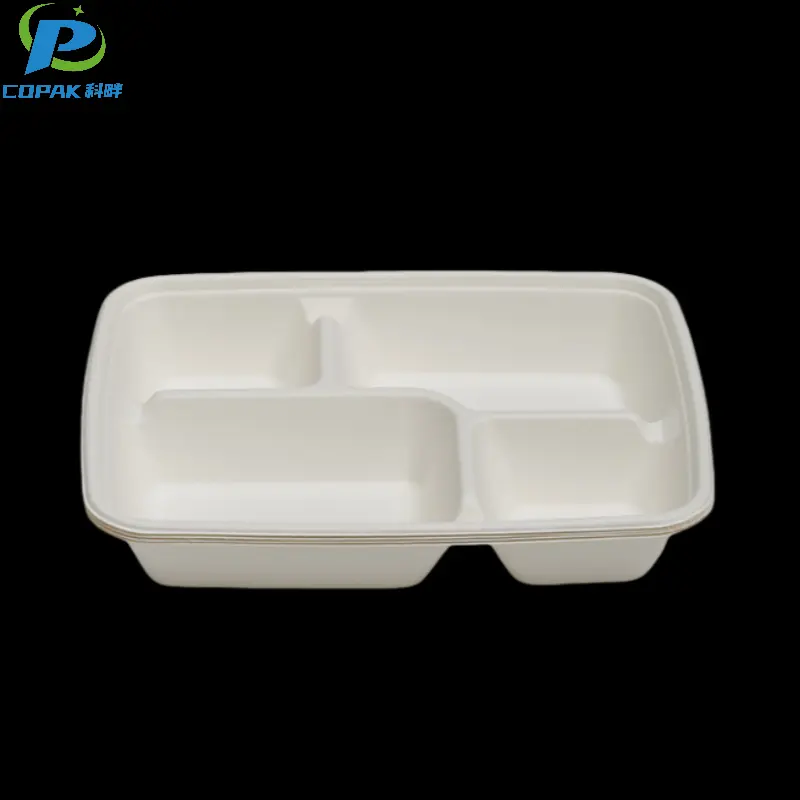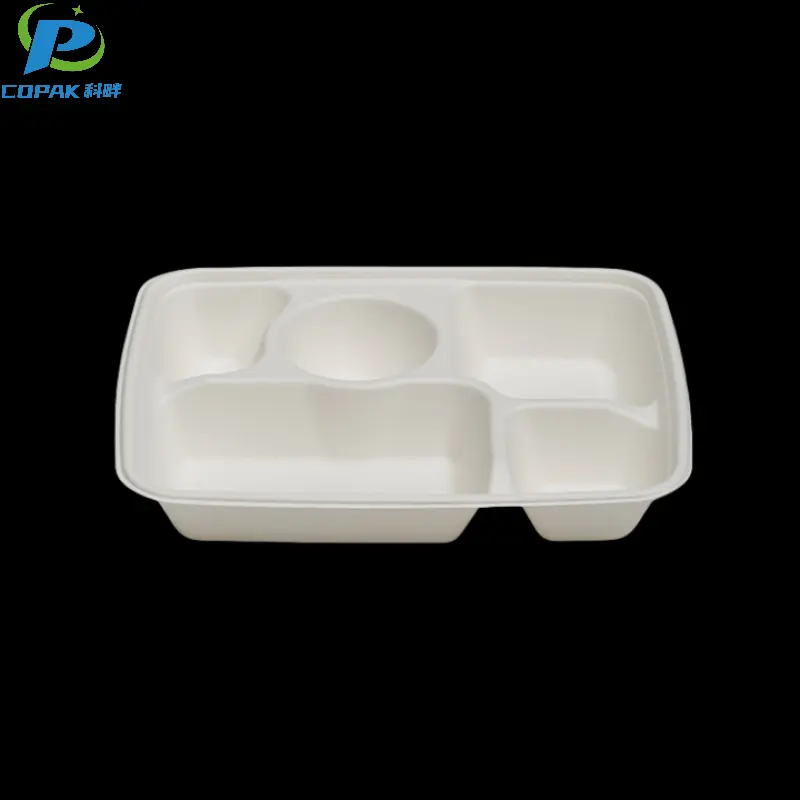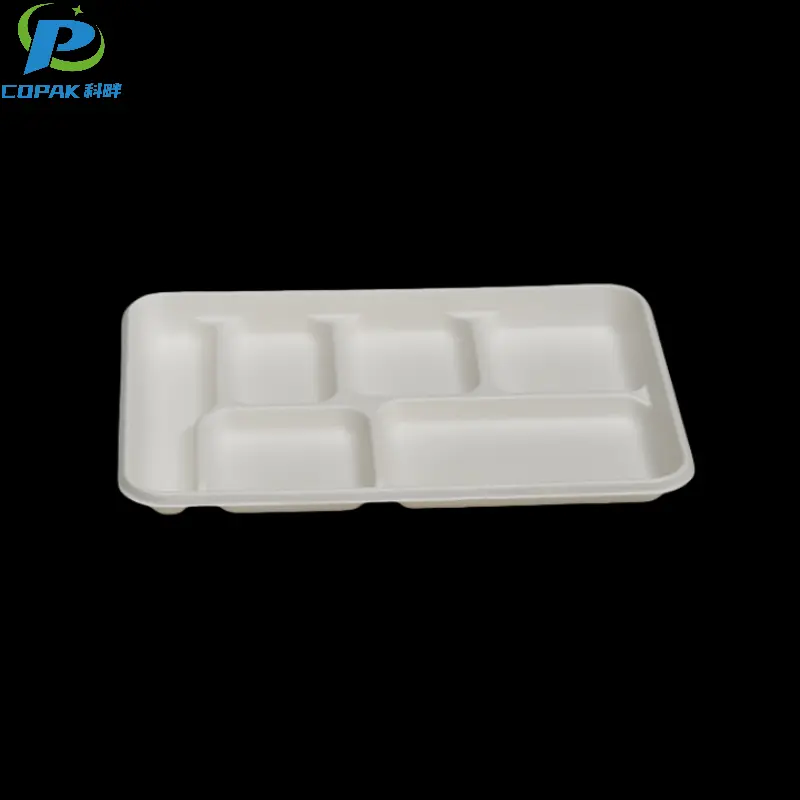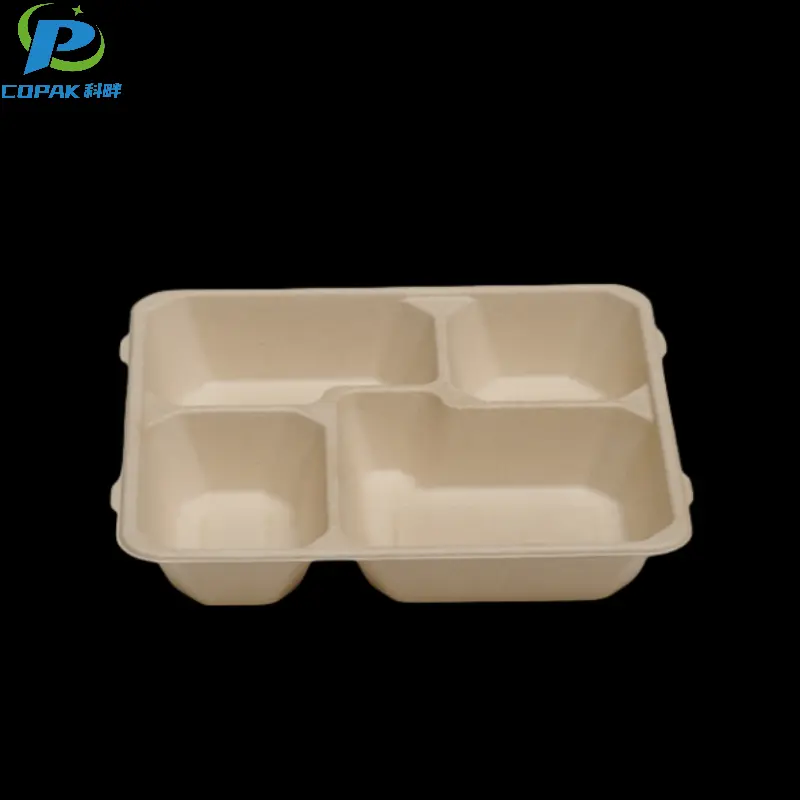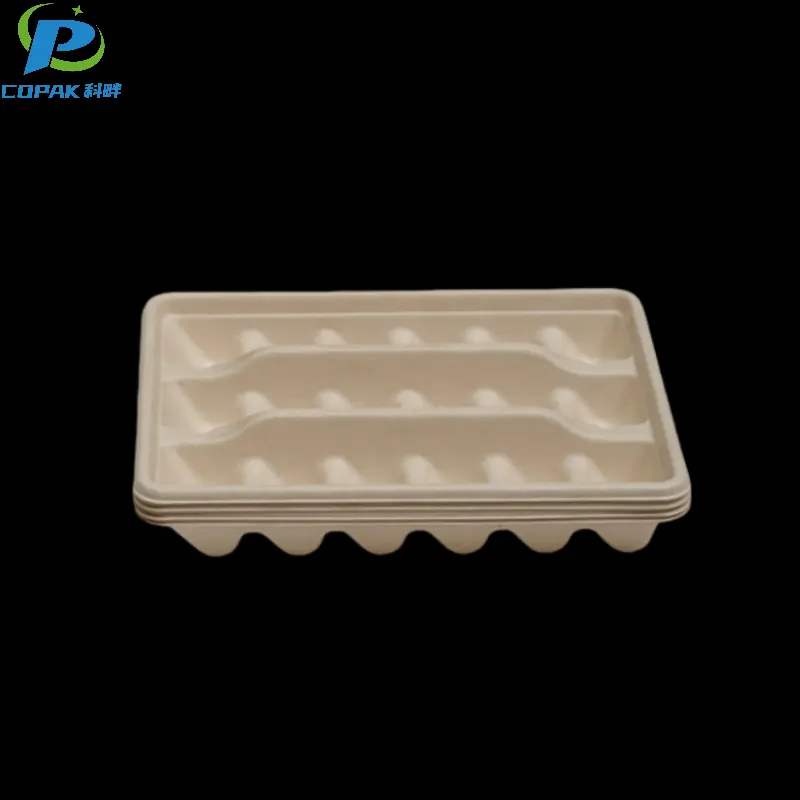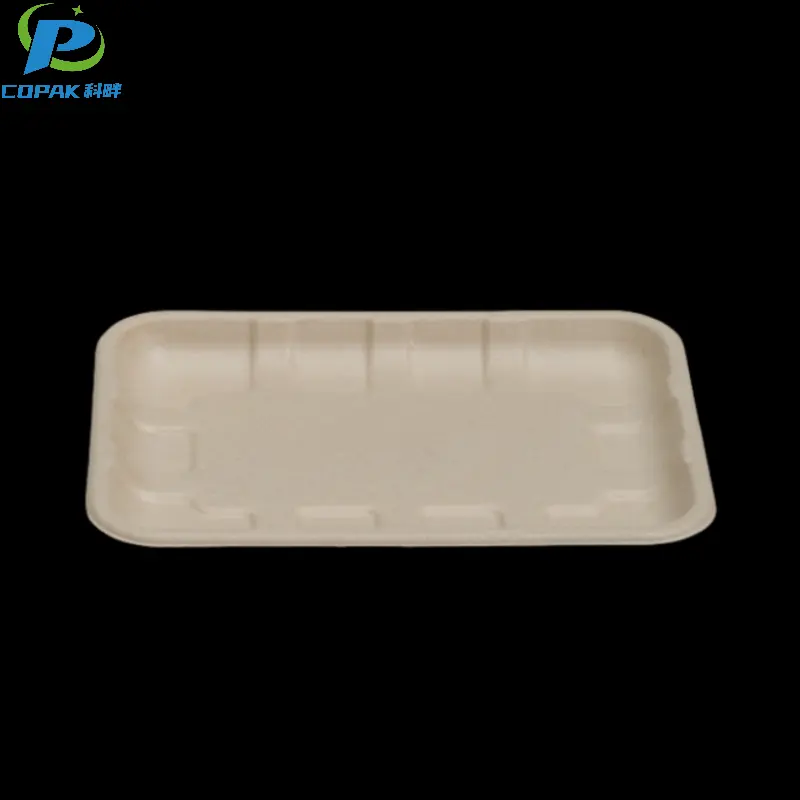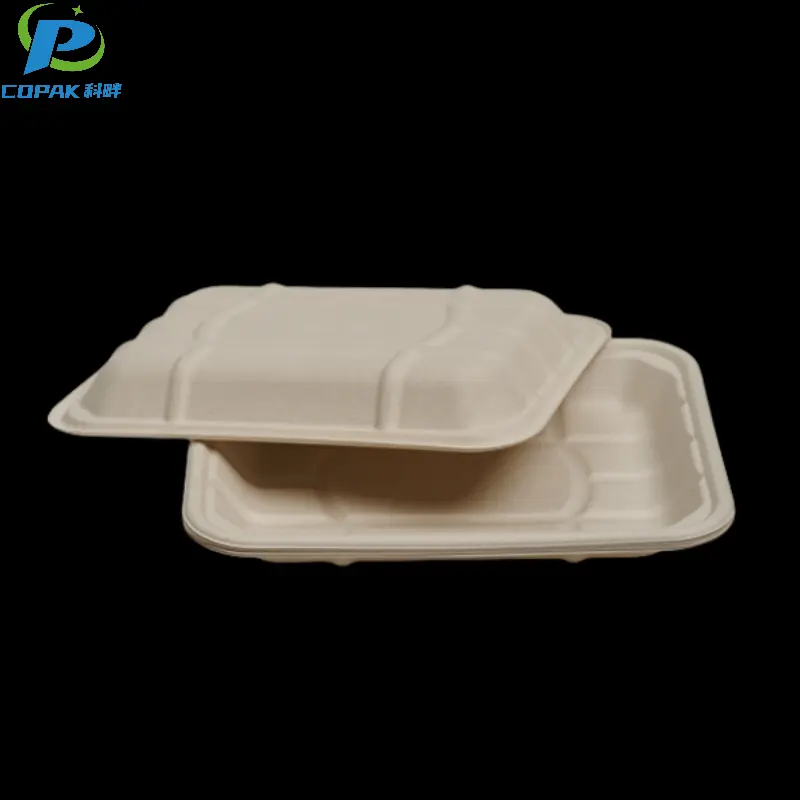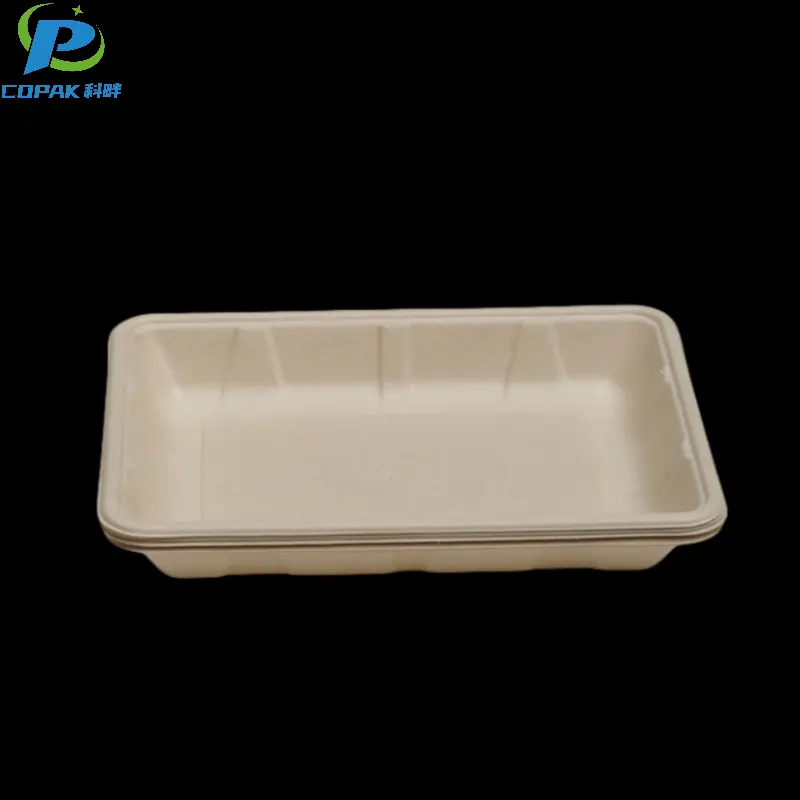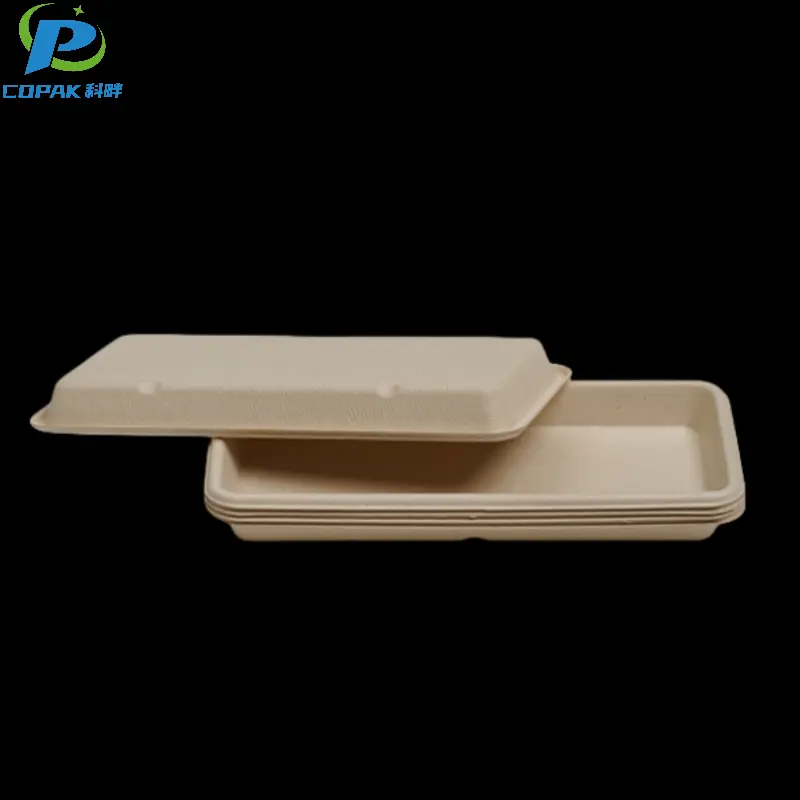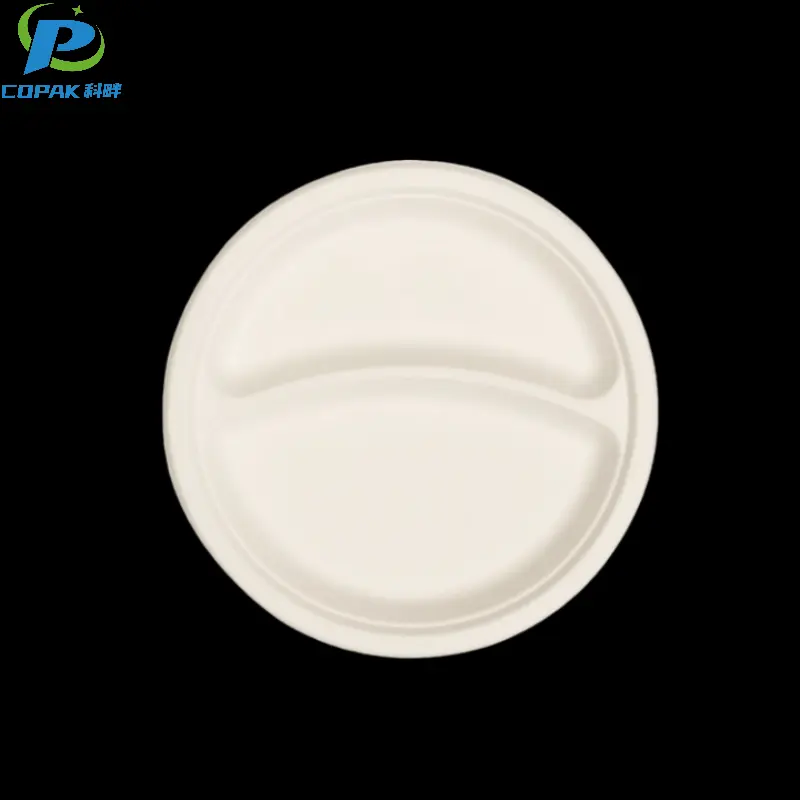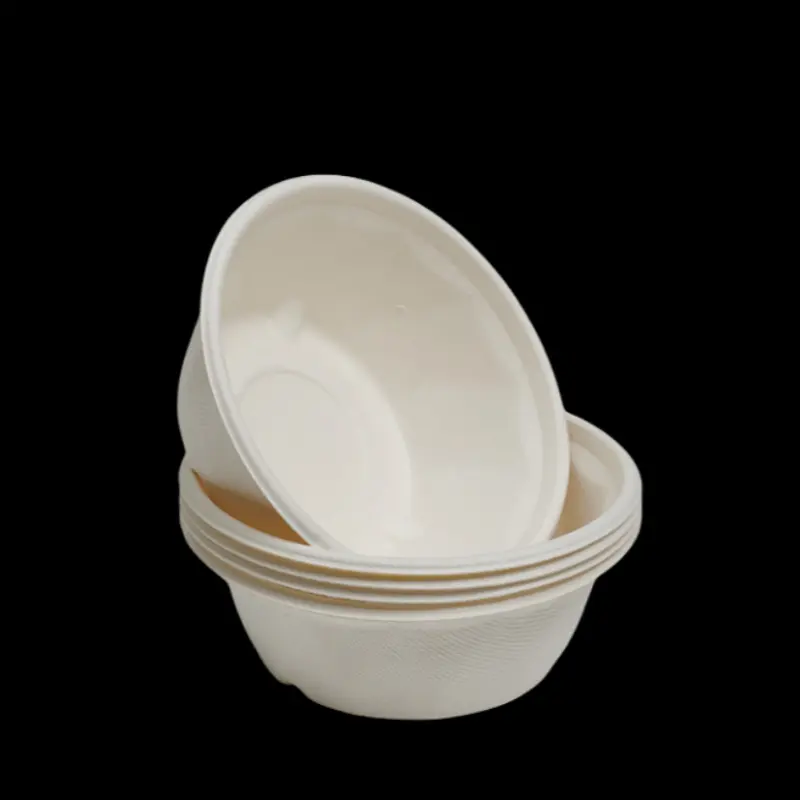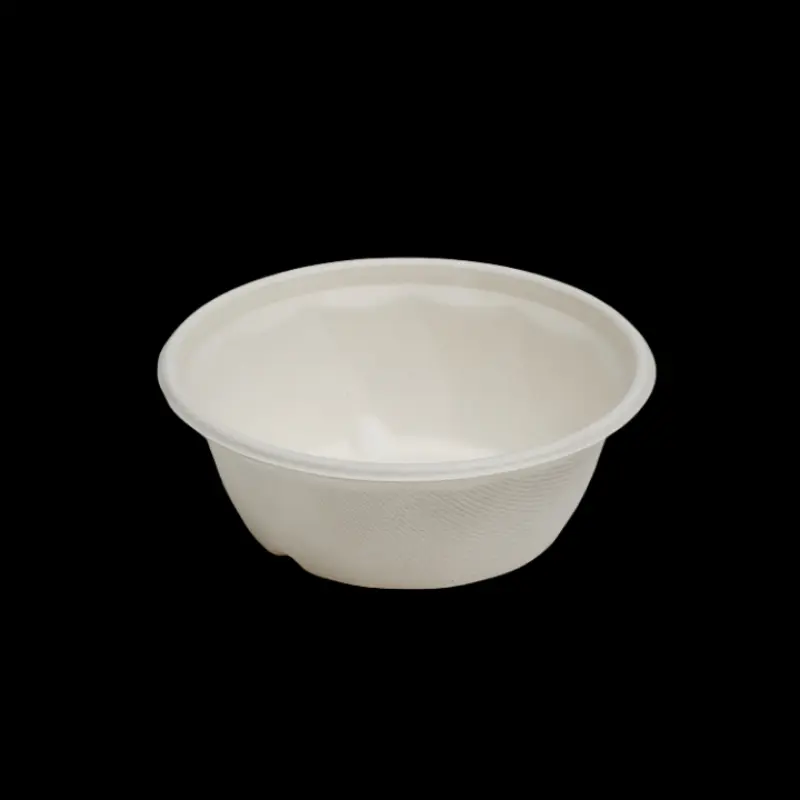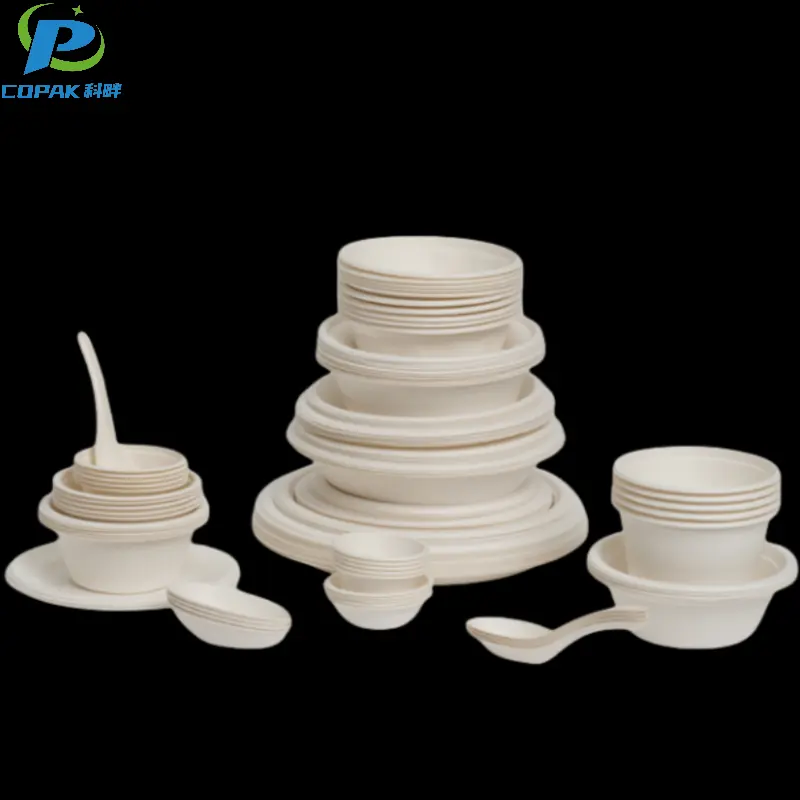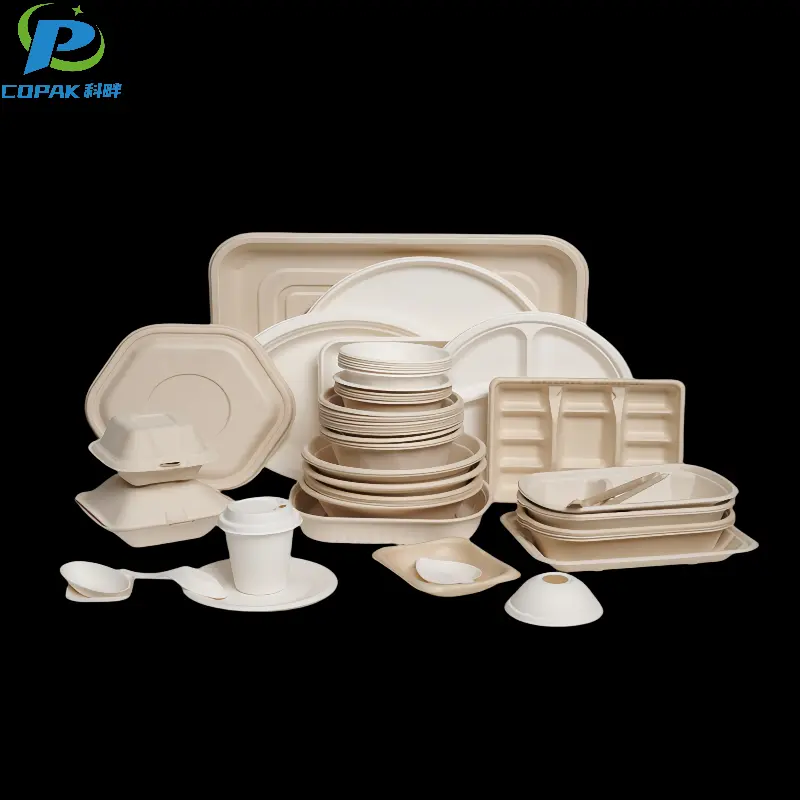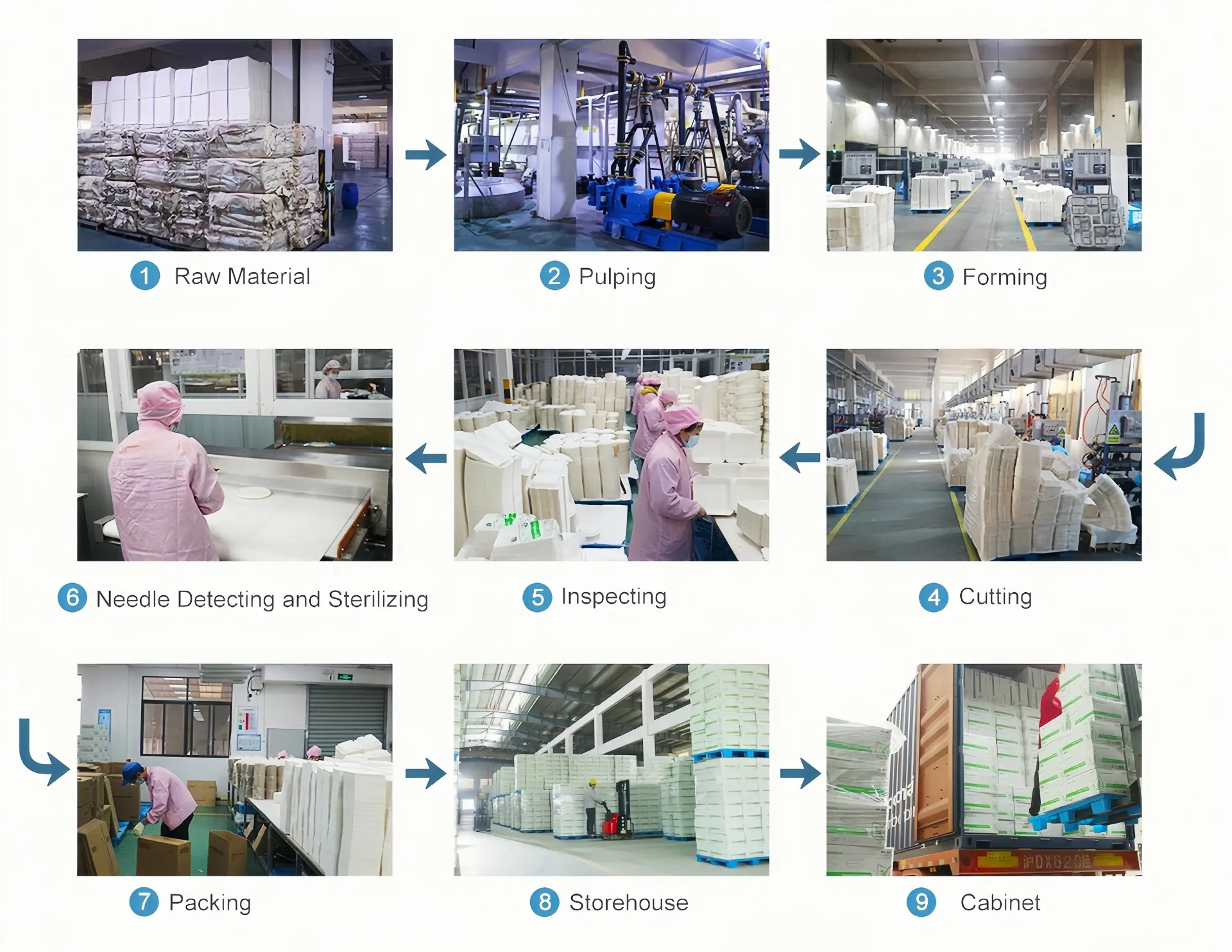01
12oz Sustainable sugarcane bagasse soup cup
description1
description2
Specification
|
Size (mm) |
Ø125*50 |
|
Weight (g) |
10 |
|
Carton Size (cm) |
64*22*26.5 |
|
Packing (pcs) |
50*10 |
|
Raw Material |
Sugarcane Bagasse Pulp |
|
Product Service |
Free sample with postage at your own expense |
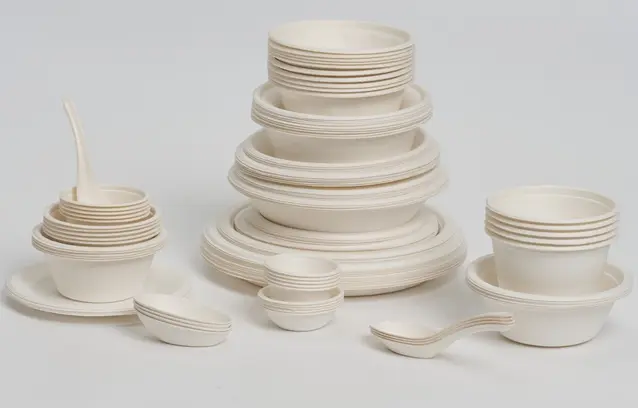
Bagasse tableware, including bowls and cups, is typically white due to the natural color of the bagasse material after it has been processed. Here are some reasons why bagasse tableware appears white:
Processing: During the manufacturing process, the fibrous residue from sugarcane (bagasse) is cleaned and processed, which often results in a light-colored product. The natural fibers are usually light in color, contributing to the white appearance.
Bleaching Agents: Some manufacturers may use food-safe bleaching agents to achieve a brighter white color. This is done to enhance the aesthetic appeal of the tableware, making it look cleaner and more appealing for food presentation.
Natural Color: Even without bleaching, the natural color of bagasse can be quite light, especially when it is processed properly. The fibers can appear white or off-white, depending on the specific processing methods used.
Coatings: Some bagasse tableware may have a thin coating that can also contribute to the white appearance. This coating can provide additional moisture resistance and durability.
Overall, the white color of bagasse tableware is primarily a result of the natural properties of the material and the processing methods used in its production.


Production Process
